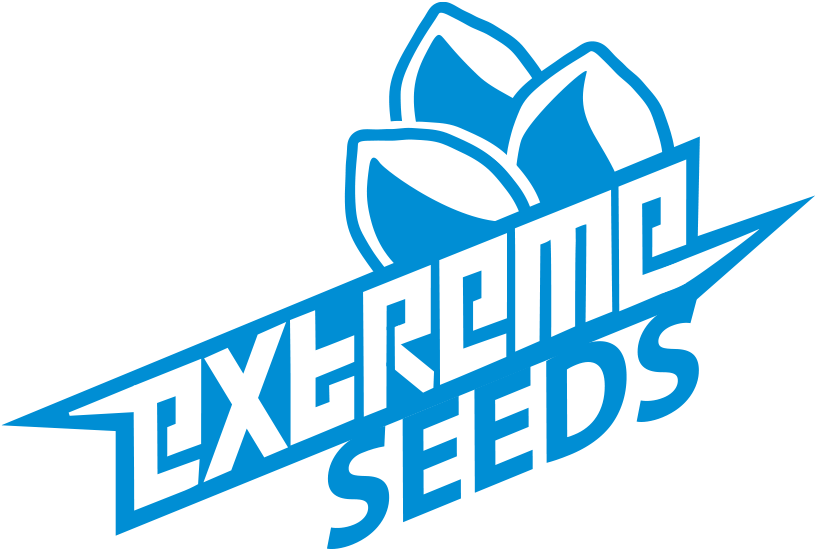There seems to be nothing in your cart.
Didn't find what you were looking for? Contact our consultant.
To save your shopping cart until your next visit, create an account or login .
Browse our Hits sales



There seems to be nothing in your cart.
Didn't find what you were looking for? Contact our consultant.
To save your shopping cart until your next visit, create an account or login .
Browse our Hits sales

The cannabis bush is a unique creation of nature, and to know what trichomes are in cannabis, you need to understand more about its structure. Cannabis has a number of amazing properties that affect various aspects of the life cycle. Trichomes, in particular, have emerged as a defense mechanism that allows the shrubs to survive in harsh conditions.
Wildlife is beautiful but sometimes incredibly cruel, so plants have evolved hundreds of methods to kill or repel pests. Some flora create a symbiotic relationship with insects or animals that won't harm the plant while destroying pests. Some grow thorns to deter herbivorous animals. But cannabis has evolutionarily evolved another way of defense.

To be fair, it's worth mentioning that the development of trichomes, this “trichome genesis” (not to be confused with trichomoniasis!) is not the most unique property of cannabis. This defense mechanism is used by a huge number of species to deter insects or animals that want to eat the plant. What is unique are the substances that the surface of cannabis leaves and inflorescences secrete.
A trichome is an epidermal cell or an outgrowth of many cells. In some members of the plant world, trichomes can be several centimeters long. The trichomes of others cannot be seen without a microscope.
It is ironic that it is the defense mechanism exhibited by cannabis that has sparked increased interest in it. Most of the psychoactive and medical properties are associated with cannabinoids such as tetrahydrocannabinol (THC), cannabidiol (CBD) and others. It is these substances that interested mankind with their properties, thanks to which today there are all kinds of varieties of cannabis, which has spread everywhere. Its range has increased tenfold compared to the “natural” limits of its habitat.
Cannabinoids are contained in the resin produced by glandular trichomes, so the psychoactive effects of strain are directly related to their quantity. Any breeder tries to create varieties rich in trichomes. Such strains become bestsellers, winning the hearts of Rastamans all over the world. Also, the resin contains terpenes that affect the flavor and aroma characteristics of the varieties.

There are two main types of these organs: glandular and non-glandular. First, let's deal with the latter: they are useful for the survival of the bush, but growing cannabis is not practiced for their sake. Non-glandular trichomes do not produce cannabinoids, their purpose is to kill or deter small pests. Outwardly, they resemble small pointed hairs, completely invisible to the naked eye.
Non-glandular trichomes are divided into cystolic and non-cystolic. The former cover the outer side of leaves, while the latter cover the inner side and bracts. At this point, the discussion of non-cystolic can well end, leaving this topic to scientists specializing in botany. We are much more interested in the second type of trichome, which secretes resin when the bush blooms.
These parts of the plant, in turn, are divided into three varieties:
By focusing on the coloring of these tiny plant particles, an experienced grower can determine how ready the plant is for harvest. In the first stages of life, trichomes resemble a mushroom, the cap of which is filled with a transparent liquid. As the shrub develops and produces terpenes, cannabinoids and essential oils, the liquid turns white.
After flowering begins at some point, the trichomes turn yellowish brown, signaling sufficient ripening. When about 30-40% of trichomes acquire this color, the plant is considered ready for harvest. If you prefer the more stimulating and euphoric effects of cannabis, you should harvest when there are more white trichomes than brown ones.
For those who like the relaxing, soporific effect, it's best to wait until most of the bubbles have turned brown.

In many respects, the number of trichomes depends not on the variety, but on the growing conditions. If the plant has quality lighting and feeding, the right temperature, humidity and pH, as well as moderate training stress - there will be more trichomes. It is extremely important not to touch the inflorescences with your hands unnecessarily, because each touch can destroy a certain number of trichomes.
But some strains are more prone to more trichomes, such as White Widow and the entire giant “family tree” of varieties descended from it. “White Widow is named for the white trichomes that cover the plant profusely.